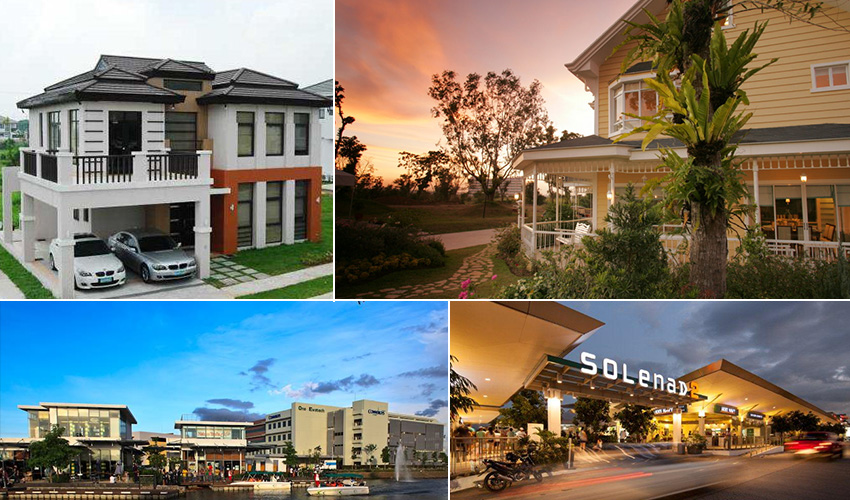Much has been said, written, and trumpeted about Metro Manila’s economy. Being Southeast Asia’s second richest metropolis (after Singapore, who else), its regional gross domestic product (PPP-adjusted) stood at $159 billion in 2011—30 percent of the country’s total GDP—according to PricewaterhouseCoopers.
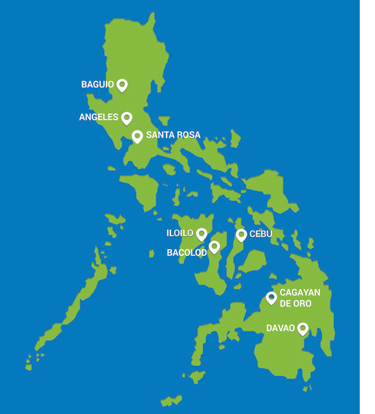
Although the Philippine capital is indeed the country’s economic engine, it still needs fuel to run, and most often that fuel will come from somewhere else. For instance, petroleum products come from the oil refineries of Batangas, grains and fresh produce from Bulacan and Pampanga, and manufactured goods from Laguna. And I’m talking only about Luzon.
The cities of Cebu and Davao are major growth centers in their own right. Davao City, for example, was ranked 87th among the world’s fastest-growing cities by the London-based City Mayors Foundation, while Cebu City has long been regarded as the Philippines’ second most important city, home to the country’s second busiest airport, a large seaport, and 80 percent of the country’s domestic shipping companies. Both cities are also popular tourism destinations.
Even smaller cities in Cavite and Laguna that pepper the periphery of Metro Manila are upbeat business centers, a result of the spillover of people and opportunities from Metro Manila. Santa Rosa City, for example, is home to industrial parks, shopping malls, a huge mixed-use township developed by Ayala Land, and a theme park.
Hence, while the importance of Metro Manila as the country’s economic and political center cannot be downplayed, we should also start keeping an eye on other growth centers—all of whom have real estate markets that are as vibrant and buoyant as the capital’s.
1. Cebu City
- Population: 866,171 (2010)
- Growth rate: 8.43%
- Selling points: Tourism, international airport and seaport, BPO industry
Although Cebu is the country’s second most important city, it was only recently that it became a thriving BPO hub. Already global advisory firm Tholons ranked the city 8th in its “Top 100 BPO Destinations Report,” and revenues from its IT-BPO sector grew 26.9 percent in 2012 to $484 million. However, long before the BPO firms there were the shipping companies, hotels and resorts, and white-sand beaches, all of which helped the city earned the title “Queen City of the South.”
The city’s real estate sector, as a result, is thriving. According to a report, revenue from real estate grew 18.8 percent in the third quarter of 2012, making it the city’s fastest growing industry. Real estate consulting firm CBRE reported that both local and national players are currently active in Metro Cebu’s real estate scene. In the first half of 2013, 2,318 condo units were added to the greater Metro Cebu area’s residential property market. Colliers also noted real estate developers’ confident outlook in the city’s residential sector, which grew by a 60 percent compounded annual growth rate since 2005.
Cebu and its neighboring cities and towns (which comprise Metro Cebu) have seen mixed-use projects over the last few years, most notable of which is Cebu Park District, a partnership between Cebu Holdings Inc. and the Ayala Corporation; the SM Seaside Complex located at the South Road Properties; and Megaworld’s Mactan New Town Cebu in Lapu-Lapu City.
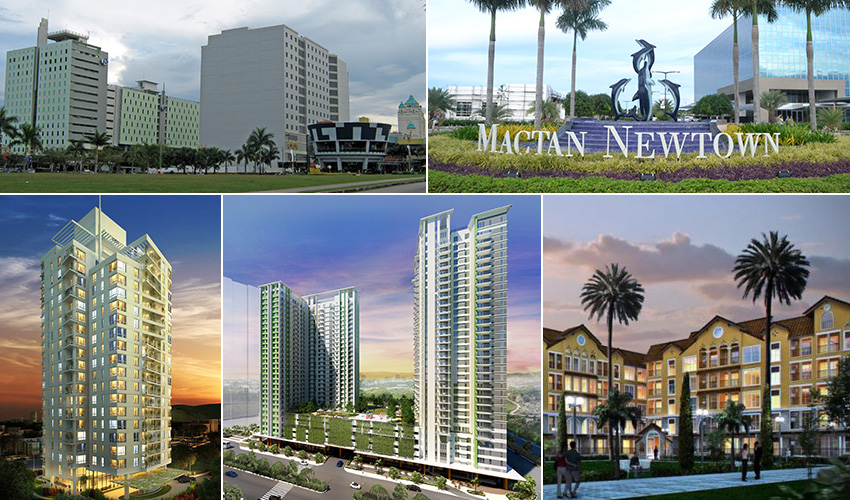
2. Davao City
- Population: 1.53 million (2010)
- Growth rate: 6.31%
- Selling points: Efficient government, regional growth center
Hyped as the Philippines’ largest city in terms of land area, Davao City is renowned for its organized streets, fresh produce, and one tough mayor. It’s also the major jump-off point for a trek to Mount Apo, the country’s highest peak.
The city’s real estate market is also as vibrant. Ayala Land, for example, has long established its presence in the city with its Abreeza project along J.P. Laurel Avenue. It is a 10-hectare master-planned mixed-use project consisting of a mall, a Seda hotel, a 7-story office building, and two residential condominiums (Abreeza Place and Abreeza Residences) developed by Ayala subsidiary Alveo Land. Another notable Ayala project is Avida Towers Davao along C.M Recto Avenue.
Andrew Tan’s Megaworld has is also dipping its hands to Davao’s real estate market, with the announcement of a Php1.2 billion initial investment in the city’s very first township project—Davao Park District at the corner of Dakudao and Megaworld avenues. According to the company, construction of the project’s first office tower—15-story Davao Finance Center—will start in early 2015 and will be completed the year after. Already four IT-BPO companies have expressed interest in setting up operations at the said tower.
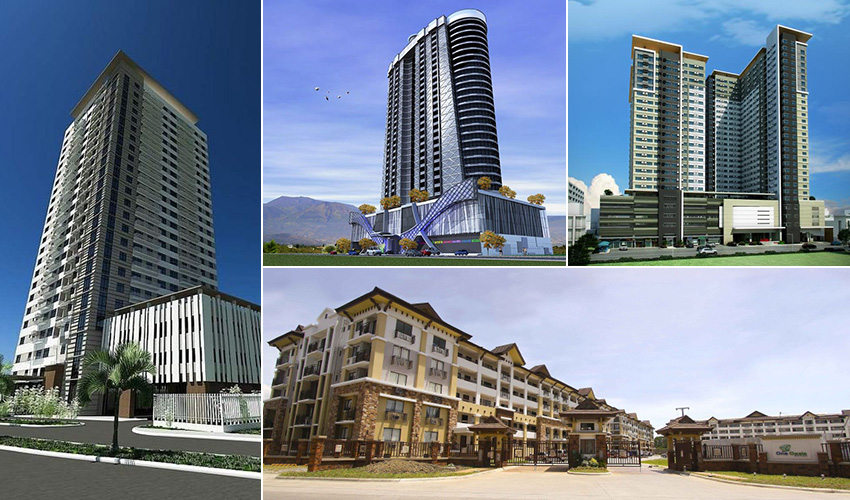
3. Cagayan de Oro
- Population: 602,088 (2010)
- Growth rate: 8.69%
- Selling points: Fresh produce, BPO industry, tourism
Cited as the Philippines’ most competitive city in 2013, Cagayan de Oro is the official center of Northern Mindanao, a region cited by the National Economic and Development Authority (NEDA) as the country’s largest producer of pineapples, second largest producer of bananas, and third largest producer of coconuts. This makes the city a flourishing business and commercial hub. And with the recent rehabilitation of the Port of Cagayan de Oro, the city is now the biggest international and domestic seaport in Mindanao.
But fast becoming Cagayan de Oro’s major draw is its BPO sector. According to former NEDA director-general Cayetano Paderanga Jr., with the city’s positive economic growth and strong fundamentals, the possibility of it becoming Mindanao’s new business and financial center is no longer remote, and it will give Davao City a run for its money.
The city continues to attract investors in the BPO sector, and currently it has five IT parks and two IT buildings. One of the major players in its office real estate sector is ITPI Corp., which specializes in sustainable property developments and green building design.
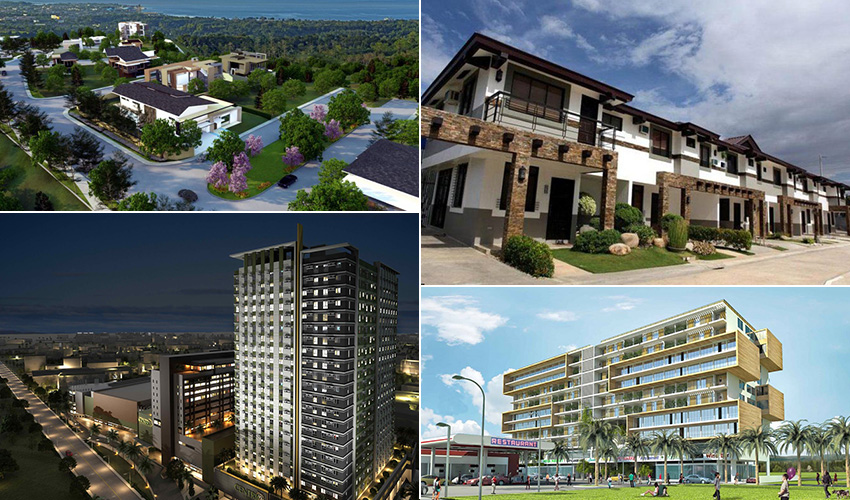
4. Bacolod
- Population: 511,820 (2010)
- Growth rate: 2.47%
- Selling points: Tourism, BPO industry
Recognized by the Asian Institute of Management (AIM) as one of the top 5 most competitive mid-size cities in the Philippines, Bacolod is also a favored location of BPO and offshoring firms. The city also tops AIM’s list in terms of infrastructure and quality, so it seems that what it lacks in tall structures, it more than makes up for in terms of services and competitiveness. Indeed, the “City of Smiles” has come a long way from being a sugar production center to a vibrant business address.
One of the sectors benefiting from this boom is the local real estate market. Citing the Metro Bacolod Chamber of Commerce and Industry and the local real estate sector, Negros Occidental governor Alfredo Marañon Jr. said that property prices around the provincial capitol in Bacolod have gone up since the 7.7-hectare government property has been awarded to Ayala Land Inc., which will pave the way for the Php6 billion development of the property.
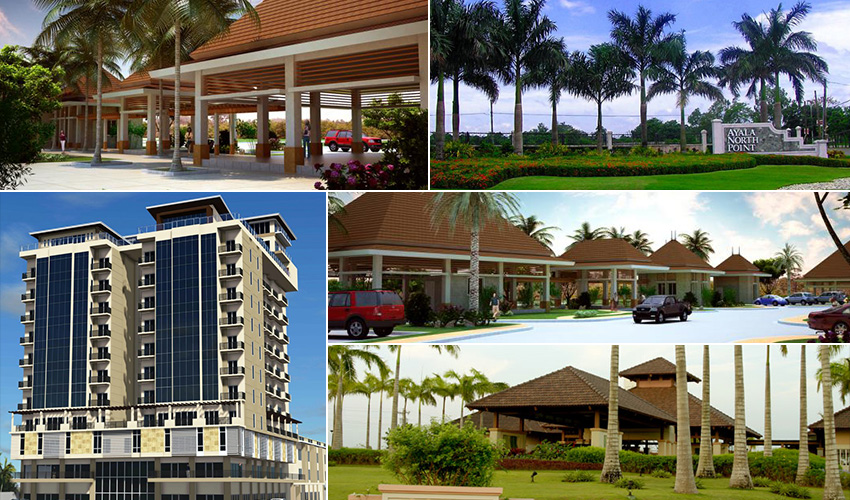
5. Iloilo City
- Population: 424,619 (2010)
- Growth rate: 1.41%
- Selling points: Tourism, high student population, BPO industry
Iloilo City is the trade, educational, commercial, and industrial hub of the Western Visayas Region, an area composed of the provinces of Iloilo itself, Capiz, Antique, Aklan, Guimaras, and Negros Occidental. According to the National Competitive Council, the city ranks first in economic dynamism, second in overall competitiveness, eighth in government efficiency, and tenth in infrastructure.
Similar to Cagayan de Oro, the BPO industry has spurred employment in Iloilo. The city’s major draws include a very high literacy rate and number of graduates per year. In fact, the country’s science and technology department and the Business Processing Association of the Philippines have named Iloilo as of the Philippines’ next wave cities.
Iloilo City has a number of IT/BPO centers, among which are the Iloilo Ayala Techno Hub, Amigo Mall, SM City Iloilo (which houses BPO companies), and Sta. Barbara Heights and Iloilo Business Park.
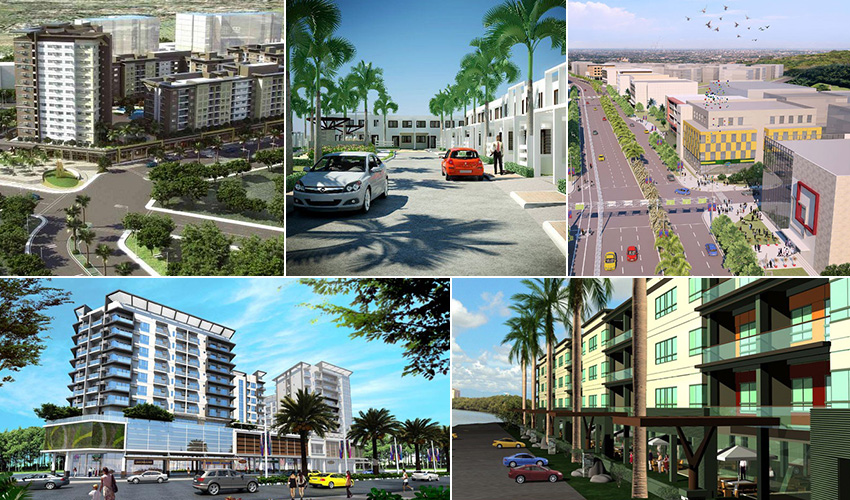
6. Angeles
- Population: 326,336 (2010)
- Growth rate: 3.77%
- Selling points: Infrastructure, international airport
The site of a former U.S. military based that suffered tremendous downturn in the aftermath of Mount Pinatubo eruption, Angeles like the mythical phoenix has risen from the ashes, literally and figuratively. Indeed after the cleanup and removal of volcanic ash deposit, the city’s Clark airbase re-emerged as Clark Special Economic Zone, now a hub for business, industry, aviation, and leisure and tourism.
Angeles has also successfully shed its somewhat seedy reputation (an indirect consequence of having military servicemen within driving distance) to make way for more wholesome attractions. Examples include the city’s Fields Avenue, Fontana Leisure Park and Casino, Mimosa Golf and Country Club.
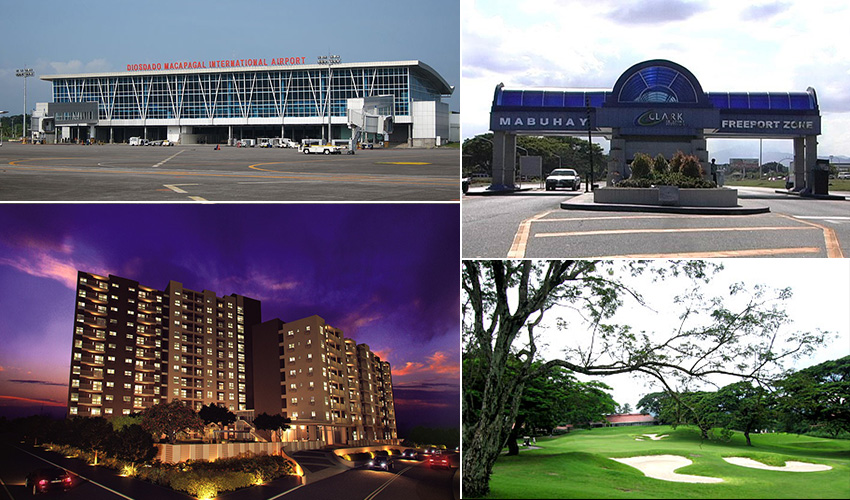
7. Baguio
- Population: 318,676 (2010)
- Growth rate: 5.55%
- Selling points: Tourism, high student population
The economy of the City of Pines—being home to at least eight well-known colleges and universities and numerous tourism spots—is understandably centered on education and tourism (in fact almost half of the city’s population are students). However, another key source of the city’s income is its position as the Cordillera’s business hub. In fact, the city hosts one of the country’s most profitable and best investments, the Baguio City Economic Zone located between Camp John Hay Country Club and the Philippine Military Academy in Barangay Loakan. Based here are companies exporting products ranging from knitted clothing and transistors to components for vehicles, electronics, and computer parts.
One of the factors that make Baguio’s real estate so valuable is limited supply. The city is so hilly that flat, developable lands are hard to come by. Add to this the fact that people from the “lowlands” travel to Baguio in droves during the summer months (March–May), making transient homes, lodges, condotels, and hotels quite popular.
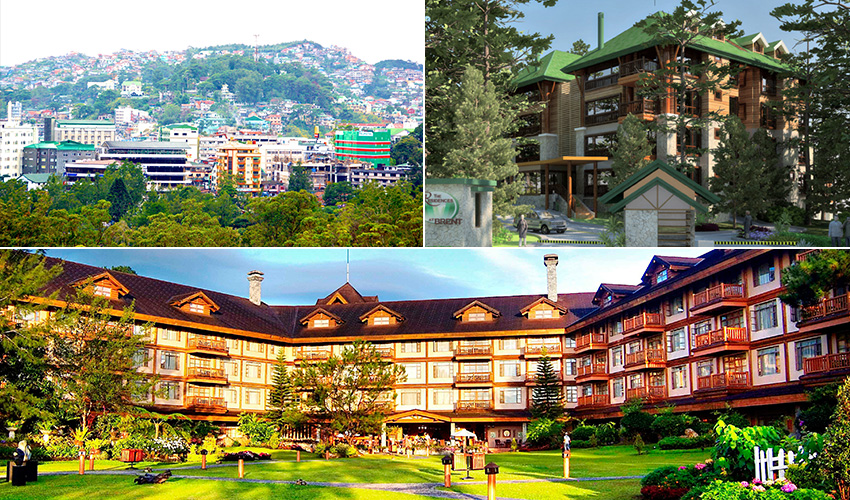
8. Santa Rosa
- Population: 284,670 (2010)
- Growth rate: 6.64%
- Selling points: Infrastructure, BPO industry, proximity to Metro Manila
Santa Rosa is perhaps Laguna’s—if not Southern Tagalog’s—most economically vibrant city. Dubbed “Makati of the South,” the city hosts plants for auto companies Nissan, Toyota, Honda, and Ford, and for food and beverage giants Monde Nissin and Coca-Cola. The city is also a major hub for IT and BPO firms, all of whom are taking advantage of its many industrial parks close to the South Luzon Expressway.
But this doesn’t mean that Santa Rosa is all work and no play. Ayala Land’s huge township project Nuvali is found here, a unique mixed-use project touted to become Laguna’s very first central business district. Already Ayala Land’s subsidiaries Ayala Land Premier, Alveo, and Avida have launched projects here, in addition to BPO offices, hotels, and leisure and commercial centers. Also found here is Cathay Land’s 500-hectare township dubbed South Forbes.
